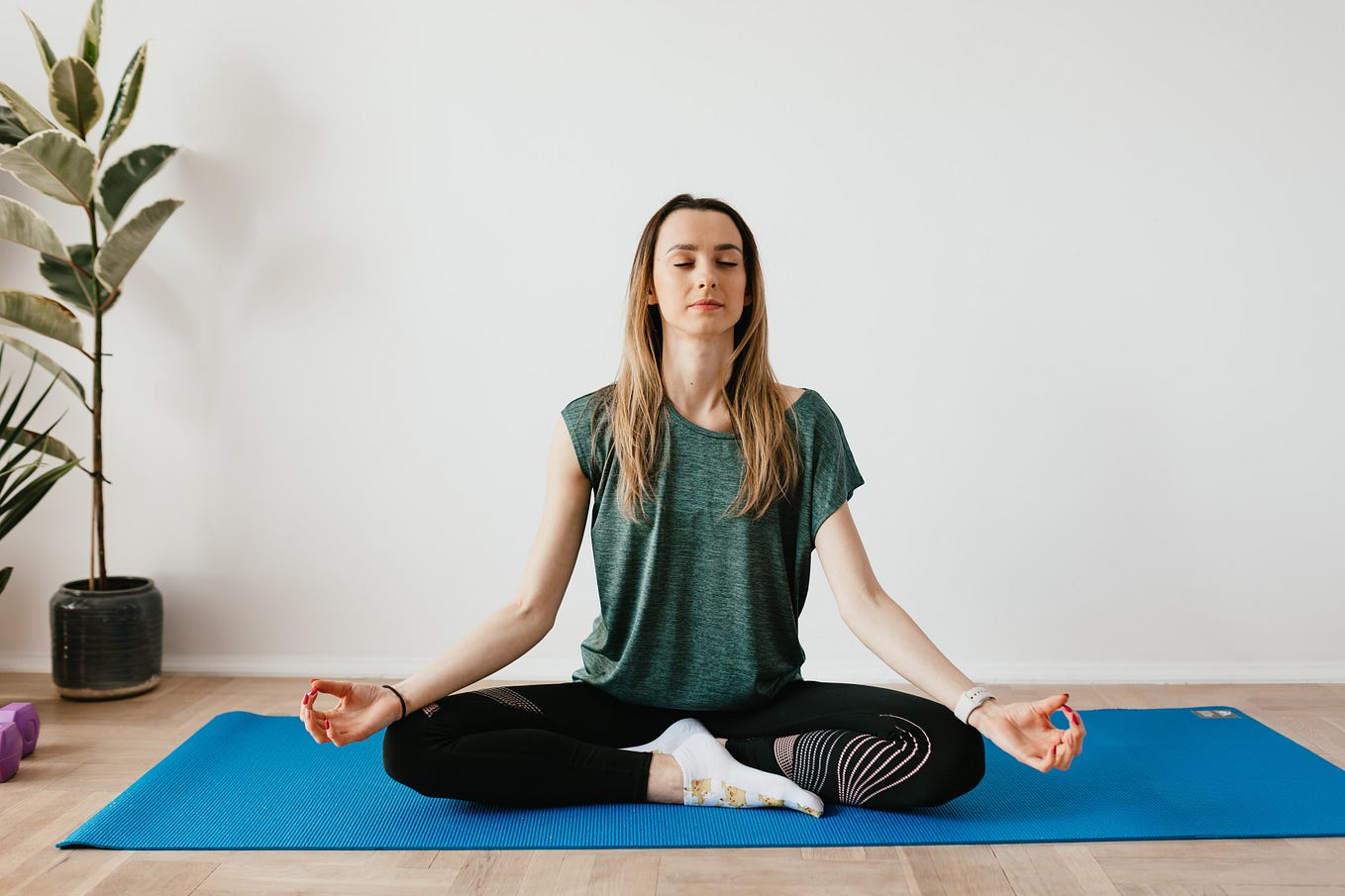Stress has become the background noise of our everyday lives. Between work emails, family responsibilities, financial pressure, and health concerns, it’s easy to feel like you’re constantly running on empty. Even low-level stress, if left unmanaged, can chip away at your mental and physical health.
For those managing ADHD, anxiety, or bipolar disorder, stress can act like fuel on the fire—worsening symptoms and making recovery feel harder than it needs to be. But here’s the good news: science has given us practical, evidence-backed ways to reduce stress daily—and most of them are simple, free, and can fit into even the busiest routines.
Whether you’re a parent trying to stay calm during bedtime battles or an adult juggling deadlines and mental health, these tools can help you take back control. In this blog, we’ll walk you through realistic, effective stress-reducing habits that you can start practicing today to feel better tomorrow.
Mindful Breathing Isn’t Just a Trend—It’s a Powerful Nervous System Reset
When your mind is racing and your heart feels like it’s beating out of your chest, there’s one tool always available to you: your breath. Deep, slow, mindful breathing is one of the fastest and most effective ways to calm the body’s stress response.
Scientifically, mindful breathing activates the parasympathetic nervous system—your body’s “rest and digest” mode—lowering heart rate, reducing blood pressure, and releasing calming neurotransmitters like GABA. Just 2–5 minutes of breathing with intention can turn off the body’s internal alarm system.
Try this: inhale for 4 seconds, hold for 4, exhale for 6. Do it for five minutes and notice how your mind starts to quiet. Apps like Calm or Headspace offer guided breathing exercises if you need support getting started.
Whether you’re sitting in traffic or feeling overwhelmed at work, breathing is a small shift that offers big results. It’s more than a relaxation technique—it’s a scientifically backed reset button for your mind and body.
Physical Movement Helps Your Body Process Stress Instead of Storing It
You don’t need to become a gym rat to benefit from the stress-reducing power of movement. Research shows that even light physical activity like walking, stretching, or dancing can help release pent-up tension in the body.
When we’re stressed, our bodies hold that tension in our muscles—especially the neck, shoulders, and back. Movement helps release that physical pressure while simultaneously boosting the production of endorphins (your body’s natural mood elevators).
Exercise also increases brain-derived neurotrophic factor (BDNF), a protein linked to reduced depression and anxiety. In fact, just 30 minutes of brisk walking three to five times a week has been shown to significantly reduce stress and improve mood.
So whether it’s yoga, dancing in your kitchen, or simply walking around the block, choose movement that feels good. Not to burn calories, but to release pressure and reclaim your calm.
The Science of Touch: Why Connection and Physical Contact Reduce Cortisol Levels
Human connection is more than emotional—it’s biological. Touch and close relationships have a measurable effect on your stress levels. One study from the University of North Carolina found that even a 20-second hug with a loved one significantly lowered cortisol (your stress hormone) and raised oxytocin (your feel-good bonding hormone).
Physical affection like holding hands, hugging, or cuddling activates the vagus nerve, which plays a huge role in emotional regulation. Even petting your dog or cat can have similar effects—lowering blood pressure and inducing a sense of calm.
If you’re not big on physical affection, that’s okay. Emotional closeness matters too. A phone call to a friend or sitting down with a loved one without distractions can offer relief. Connection makes you feel seen—and that alone reduces stress.
In a world where isolation is easy, make space for connection. Your mental wellness depends on it.
Nature Isn’t Just Beautiful—It’s Therapeutic for a Stressed-Out Brain
There’s a reason people feel calmer after spending time in nature. Studies show that time in green spaces reduces cortisol, improves mood, and increases attention span—especially for children with ADHD.
Even five minutes of “green time” can positively impact your mental state. Walking through a park, sitting under a tree, or gardening are all forms of nature therapy. The Japanese practice of “forest bathing” (shinrin-yoku) has been scientifically proven to reduce anxiety and increase overall well-being.
If you can’t access a forest or park, bring nature to you. Add houseplants to your home, work near a window, or use nature sounds during breaks.
Nature grounds us. It reminds us we’re part of something larger. And in moments of stress, that perspective is healing.
Digital Boundaries: Why Reducing Screen Time Improves Focus and Reduces Stress
Constant screen exposure—especially social media—can overstimulate the brain, making stress harder to manage. The blue light from screens also disrupts melatonin production, making sleep harder to come by.
When you’re constantly scrolling, your brain is absorbing an endless stream of information and comparisons. This can trigger anxiety, increase irritability, and lead to emotional exhaustion.
Research shows that taking breaks from screens—even for 20–30 minutes—reduces stress, improves focus, and promotes a sense of calm. Create “tech-free” times in your day, especially in the morning and before bedtime.
Replacing one hour of screen time with journaling, reading, or going outside can offer measurable benefits. You don’t have to ditch your phone—but creating space between you and your device is an act of self-care.
Hydration, Nutrition, and Caffeine: Small Daily Habits That Can Calm or Agitate Your Nervous System
What you put into your body matters. Dehydration can lead to fatigue, irritability, and anxiety. Low blood sugar (from skipping meals or poor nutrition) can mimic panic symptoms. And too much caffeine can leave you jittery and restless.
Research shows that people who drink enough water are less likely to experience mood disturbances. Eating balanced meals throughout the day—especially with protein, fiber, and healthy fats—keeps your brain fueled and emotions stable.
If you struggle with anxiety or ADHD, tracking your caffeine intake might help. Try switching from coffee to herbal tea during high-stress days.
Food and hydration aren’t just physical needs—they’re emotional ones too. You deserve nourishment, not punishment. And your nervous system will thank you for it.
Stress May Be Inevitable—But Suffering Doesn’t Have to Be
Stress is a natural part of life—but it doesn’t have to control your life. With simple, science-backed techniques, you can create calm in the chaos. Whether it’s through mindful breathing, a short walk, a hug, or a nourishing meal, small choices add up to a big difference. Your body and mind are connected, and when you treat one with care, the other responds.
These daily practices aren’t meant to fix everything overnight. But they offer tools—real, manageable tools—to help you feel more grounded, focused, and emotionally resilient. Especially for those managing mental health conditions like ADHD or bipolar disorder, stress relief isn’t a luxury—it’s essential.
Remember: you deserve peace. You deserve support. And you don’t have to wait for life to slow down to feel better. You can start today, right where you are.
Because here, your mental wellness truly matters.




